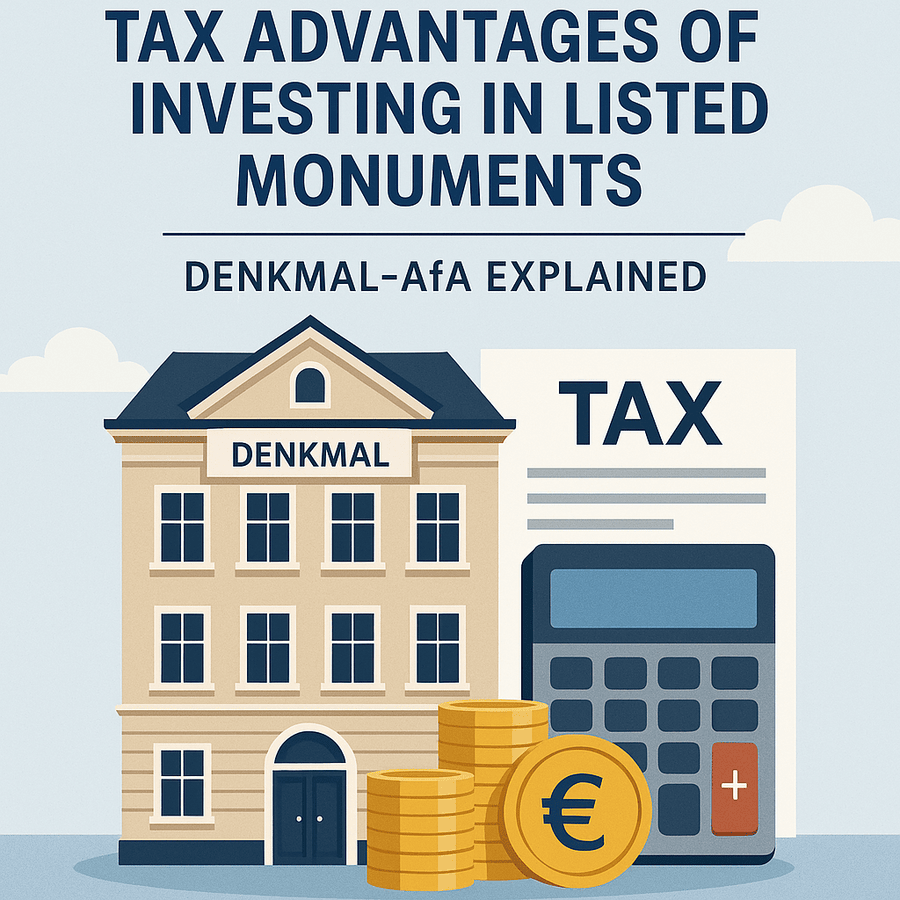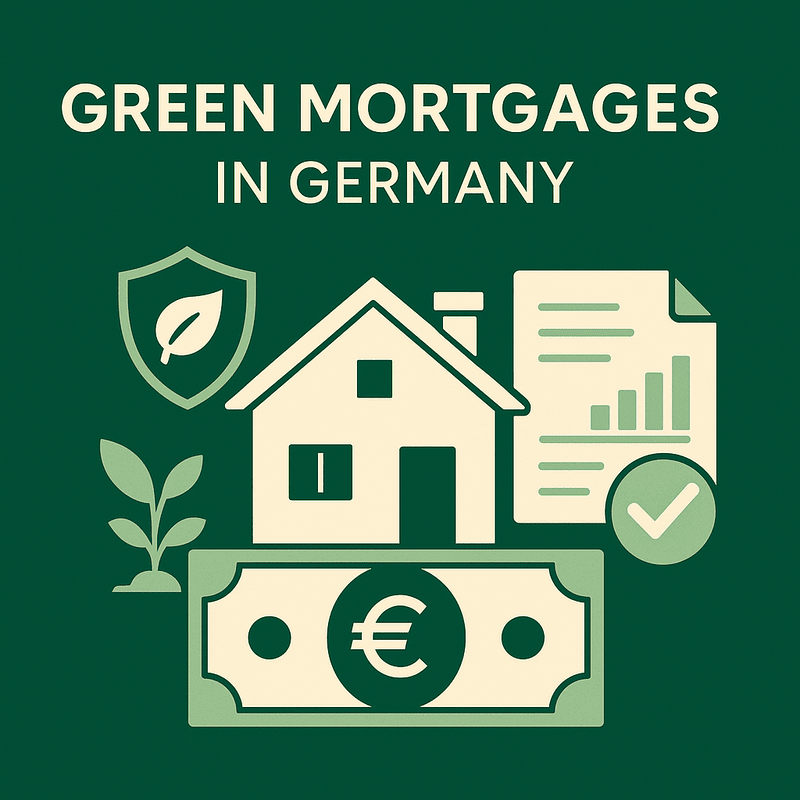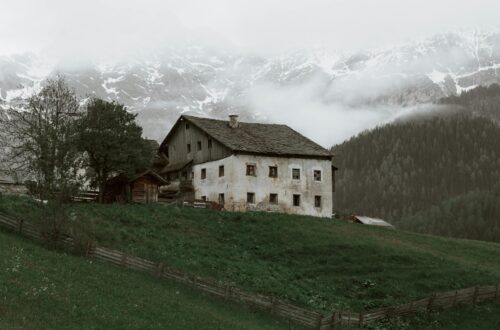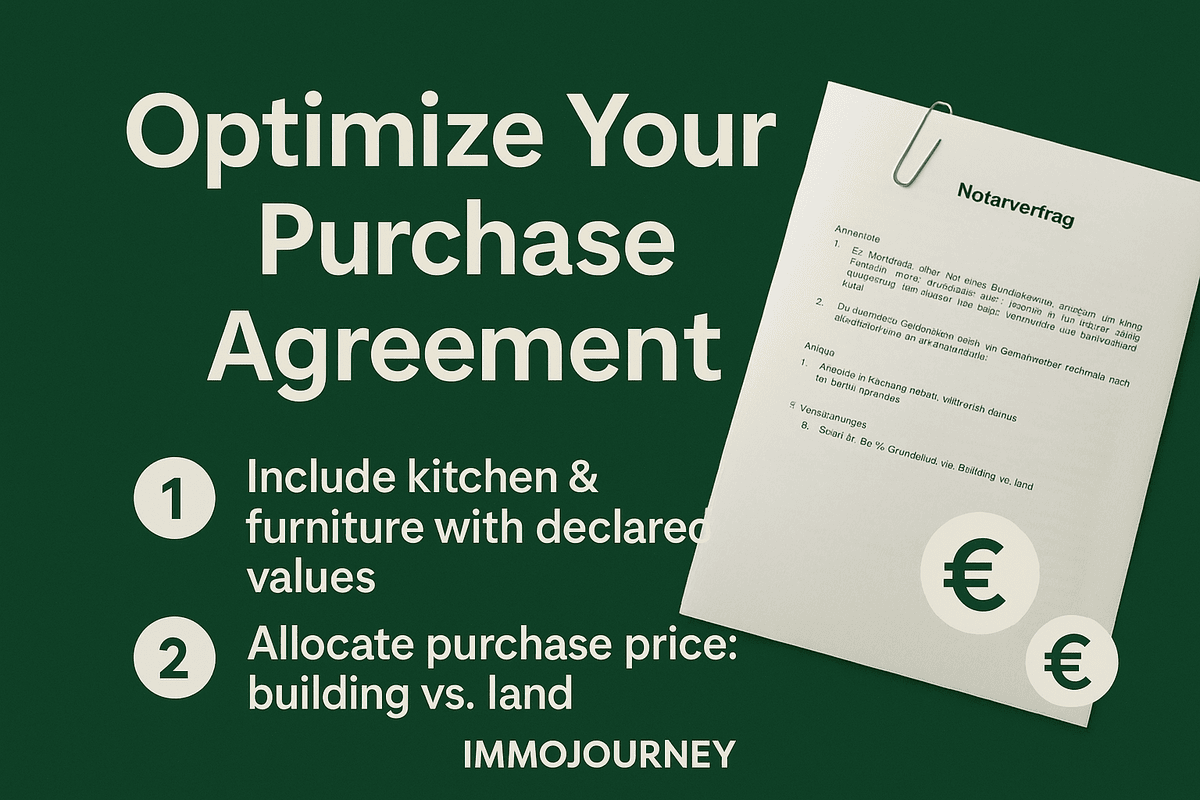Investing in Denkmal-geschützte properties (listed monuments) offers a unique combination of cultural preservation and tax optimization. The key benefit: special depreciation (“Denkmal-AfA”)—a powerful tax tool. In this blog, you’ll learn how Denkmal-AfA works, who benefits most, and how to integrate it into your real estate strategy.
What Is Denkmal-AfA and How Does It Work?
For properties that are officially listed by the Denkmalschutzbehörde (monument protection authority), Germany grants a special depreciation allowance on renovation costs:
- Self-use (Eigennutzer):
- Up to 90 % of eligible renovation costs can be deducted
- 10 years × 9 % p.a. = 90 % total
- Capital investment (Vermieter):
- 100 % depreciation: 8 years × 9 % + 4 years × 7 % = 100 %
Plus: Vermieters also enjoy standard linear building depreciation on purchase costs (2 %–2.5 %, depending on the year built).
Who Gains Most?
- Capital investors (Vermieter): Combine 100 % Denkmal-AfA on renovation + linear AfA on purchase — huge tax deductions in early years.
- Self-users (Eigennutzer): Though purchase price depreciation isn’t allowed, the 90 % renovation deduction is still highly attractive.
Benefits & Considerations
- Tax planning: High initial tax deductions can lead to losses offsetting other income—ideal for high earners.
- Long-term appreciation: Listed monuments often appreciate in value due to scarcity, historical charm, and public interest.
- Cultural preservation: Investors help maintain Germany’s architectural heritage at no direct cost to the state.
- Eligibility hurdles: Must be officially listed, renovation plans approved, and certified by the monument authority. Only “preservation” works count—not garaging or landscaping.
- Upfront costs & complexity: Acquisition and renovation can be expensive and bureaucratically involved. Proper cost-benefit analysis is crucial.
Sample AfA Scenario for Investors
- Property with €200,000 renovation costs.
- Denkmal-AfA:
- Years 1–8: €18,000 p.a. (9 %)
- Years 9–12: €14,000 p.a. (7 %)
- Total: €200,000 over 12 years
- Plus linear AfA on purchase: e.g., €400,000 building × 2.5 % = €10,000 p.a.
This can substantially reduce taxable income in early years.
Key Takeaways
- Denkmal-AfA is one of the most attractive legal tax incentives for property investors in Germany.
- Self-users: 90 % renovation costs over 10 years.
- Investors: 100 % renovation costs over 12 years + building depreciation.
- Eligibility hinges on official listing, approved renovation, and authority certification.
- Recommendation: Always conduct a detailed Wirtschaftlichkeitsberechnung (profitability calculation) before purchase.
Conclusion
Investing in Denkmal-geschützte properties isn’t just a stylish nod to cultural heritage—it’s also a smart move for tax-conscious investors. With the Denkmal-AfA, renovation costs can be significantly depreciated over a relatively short period, offering tangible financial advantages. Whether you’re a self-user or a landlord, the potential for tax savings is substantial.
However, before diving in, it’s essential to understand that success hinges on strict eligibility requirements and thorough documentation. Therefore, careful planning, paired with proper legal and financial advice, is crucial.
To gain a broader perspective on how Denkmal-AfA fits into Germany’s real estate landscape, explore our expert insights on Immojourney’s Real Estate Blog.
Additionally, for a comprehensive overview of the legal framework, visit VLH’s guide to Denkmal depreciation benefits.
In the end, it’s not just about saving on taxes—it’s about investing in history with precision and purpose.




